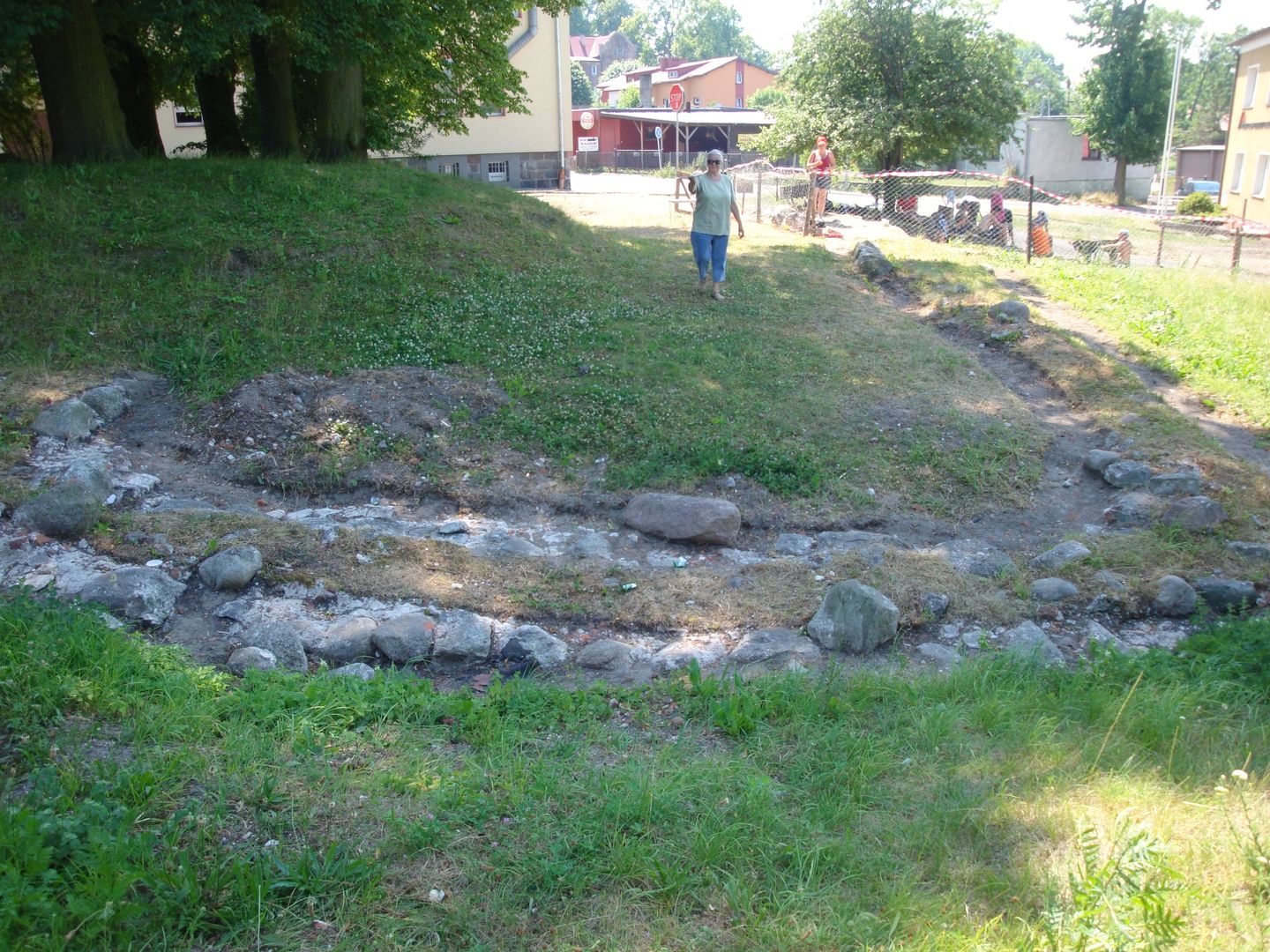Puck Castle
6.95

Overview
Puck Castle is a medieval Teutonic fortress constructed in the 1390s and early 15th century. Originally, it took the form of an elongated rectangular brick building with a cellar, intended to serve as the residence of a fisheries official subordinate to the commander in Gdańsk. The structure likely had three stories and was situated on a sandy hill, encircled by a moat and an earthen embankment. After Puck was taken by Polish forces in 1454, the castle came under the administration of starosts (local governors), who expanded it by adding new facilities such as an armory, a granary, and a brewery, in connection with the operations of the Polish naval fleet. During the Six-Year War and the Swedish Deluge, the castle was besieged multiple times but survived these invasions. Following the First Partition of Poland in 1772, the castle fell under Prussian rule and was dismantled in the 19th century. Today, only ruins remain, including fragments of the cellars. In 1845, an Evangelical church was built on the castle grounds, but it was demolished in 1956. Archaeological excavations conducted since 1991 have revealed the full outline of the foundations and numerous artifacts, including remnants of the gate, a barbican, and a mill, as well as a valuable pair of ceremonial spurs believed to have belonged to the Swedish King Charles Knutsson. Plans are currently underway to further showcase the castle's remains and their cultural and historical significance.
Location
2025 Wizytor | All Rights Reserved